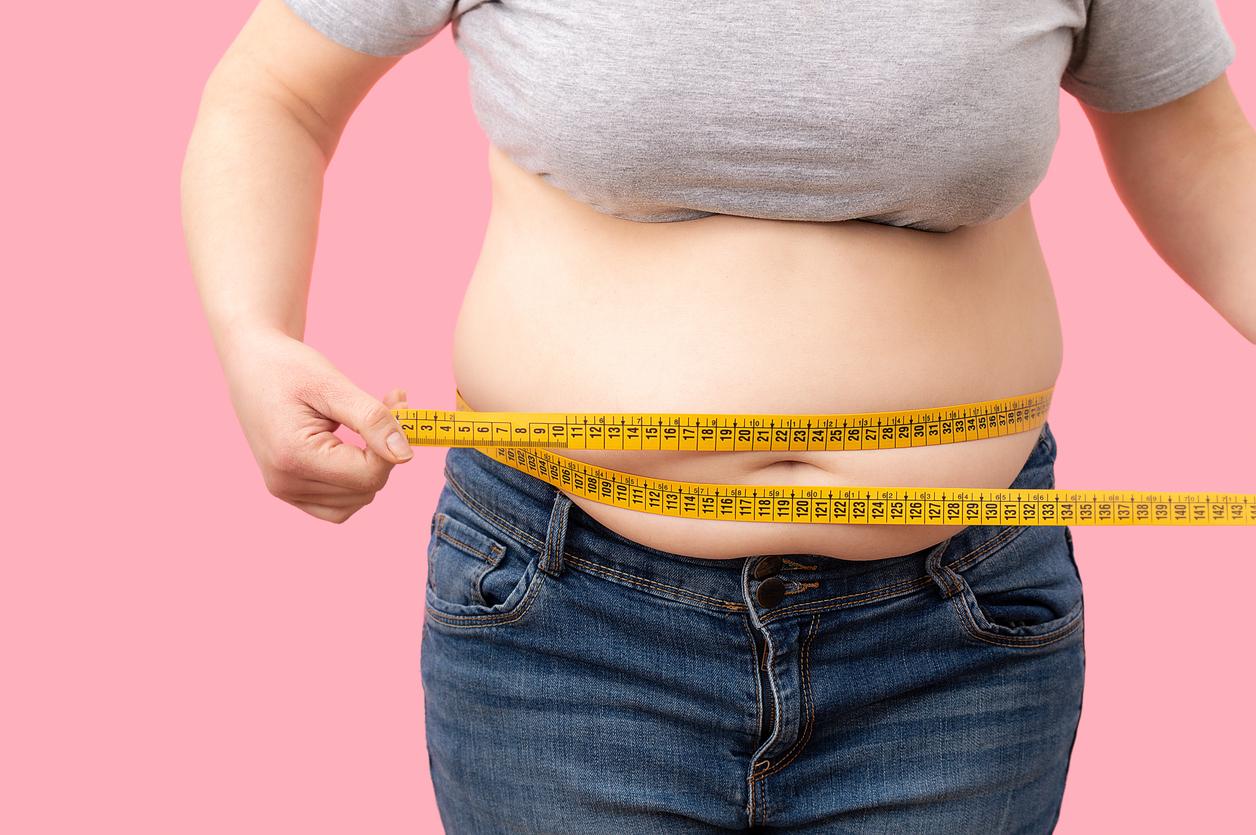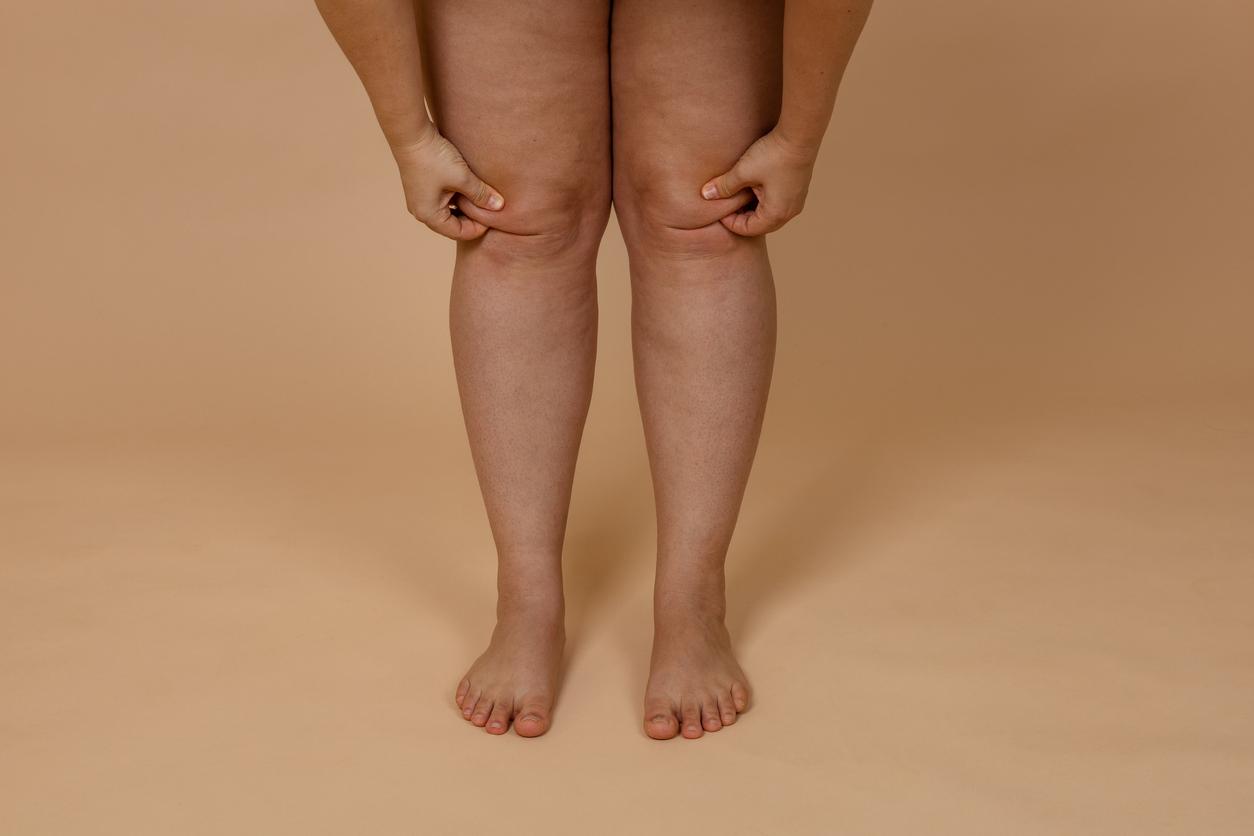|
Near 250 experts from various backgrounds – nutrition, public health, economy, etc. – participated in the conference Championing Public Health Nutrition which took place in Ottawa on October 22-23, 2008. The event was organized by the Center for Science in the Public Interest1. The various specialists have expressed their priority in terms of nutrition in order toto improve and of protect the health of the population. |
October 27, 2008 – Who Said Scientists Can’t Have Fun? From November 2004 to September 2005, a team of Danish researcher-nutritionists and their colleagues set themselves a little challenge. Every time they visited a new city, for example at an international convention, they would go to the local McDonald’s restaurant and order a portion of fries and chicken nuggets. On each occasion, a portion of the meal was placed in a plastic bag and shipped to an analytical laboratory. The goal: to know its trans fat content.
A total of 24 destinations were visited. In April 2006, the results of the analyzes were published in the New England Journal of Medicine, prestigious journal of the world of medical research.
At the top of the charts was New York City: 23% of the fat in French fries came from trans fat. In chicken nuggets, the proportion was 11%. At the bottom of the list was Denmark, with only 1% of fat from trans fats, both in French fries and in the famous McCroquettes.
The dice were on the other hand loaded in advance since Denmark adopted strict regulations in 2003 and, since then, any food containing more than 2% of trans fat has been banned in the country.
According to Jens Therkel Jensen, head of the Nutrition division at the Danish Ministry of Food, Agriculture and Fisheries, the change has come quietly. “Contrary to what some opponents of this kind of regulation might believe, no restaurant or food company has gone bankrupt,” he said. And consumers didn’t notice a thing. “
American cities are following suit
In December 2006, New York became the first city in North America to ban trans fats from restaurants in its territory. Despite an epic outcry, organized by the New York State Restaurant Association.
Since then, a few American cities have followed suit, including Boston, Baltimore and Philadelphia. In July 2008, the State of California in turn announced the adoption of regulations for all Californian restaurants.
“We were worried that by cutting trans fats, restaurateurs would increase the amount of other saturated fats in their recipes,” said Gail Goldstein of the New York City Department of Health and Mental Hygiene. ” This is not the case. In fast food chains, for example, we see that it is the total amount of fat in food that has decreased. “
What about Canada?
In June 2007, Minister of Health Tony Clement called on the food industry to voluntarily reduce the percentage of trans fat in its products to a rate of 2% in vegetable oils and margarine and 5% in other foods. The minister has given the industry two years to comply with these targets. He suggested that regulations could be adopted if the industry fails to discipline itself.
|
To read the other news from our conference coverage Colors and numbers to make your life easier at the grocery store Nutrition: Dr Walter Willett’s six priorities A surcharge for fries, crisps, sweets … |
Dominique Forget – PasseportSanté.net
1. The Center for Science in the Public Interest is a non-profit organization that publishes Nutrition Action Healthletter. For more information: www.cspinet.org.















